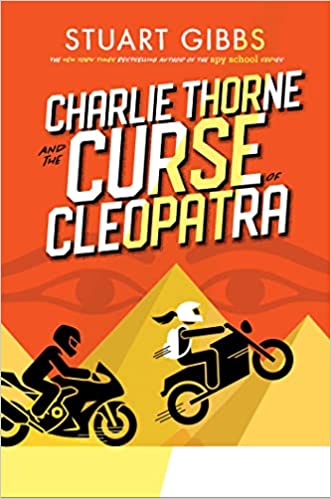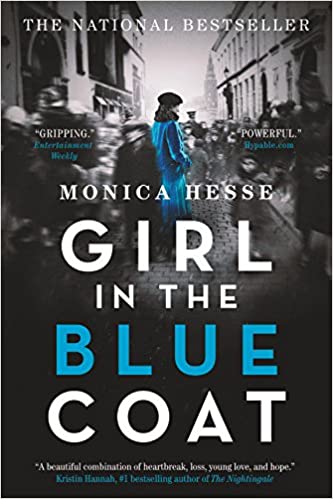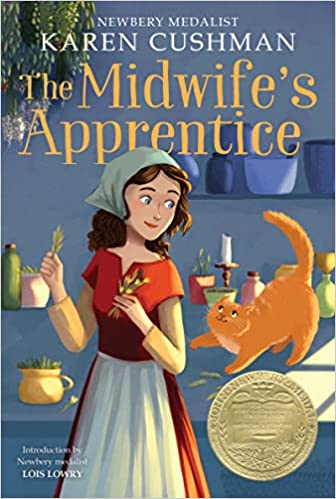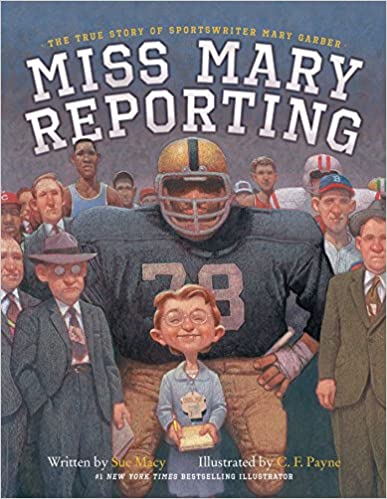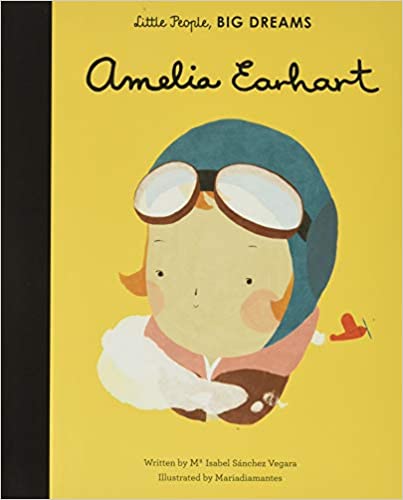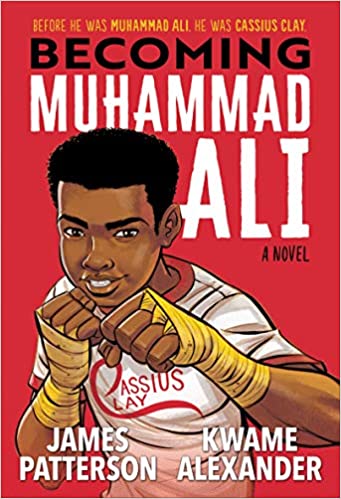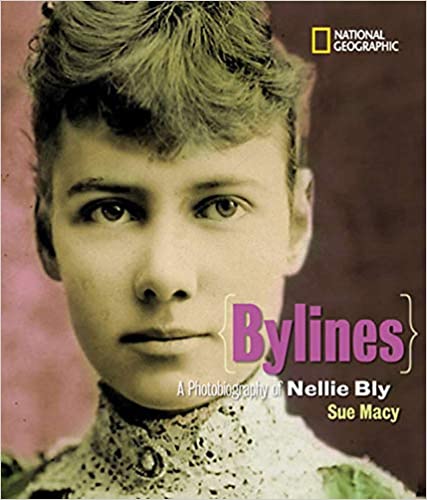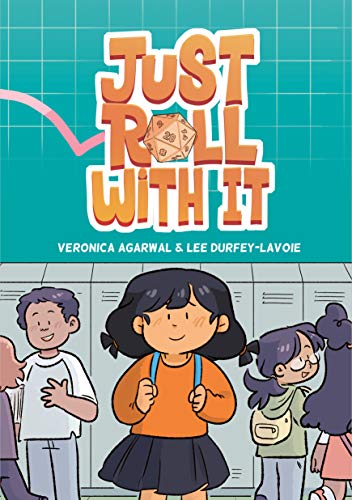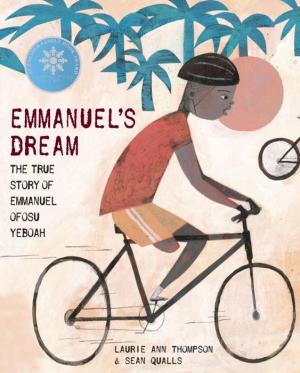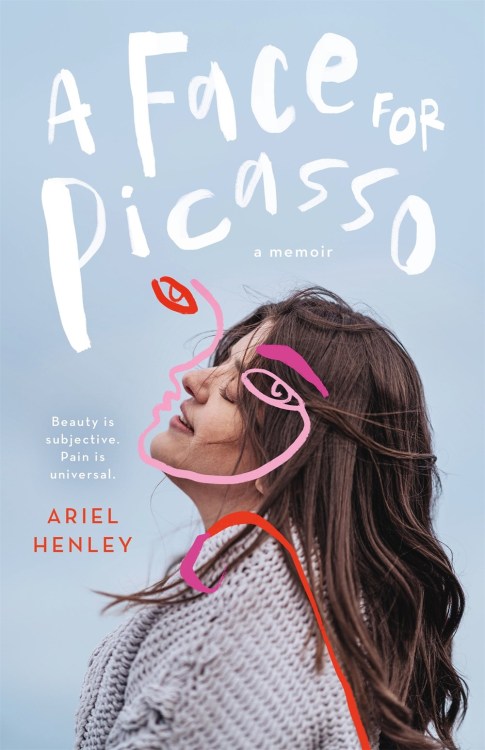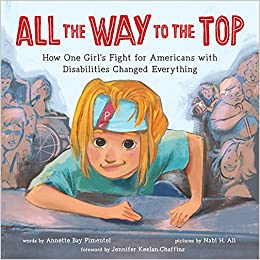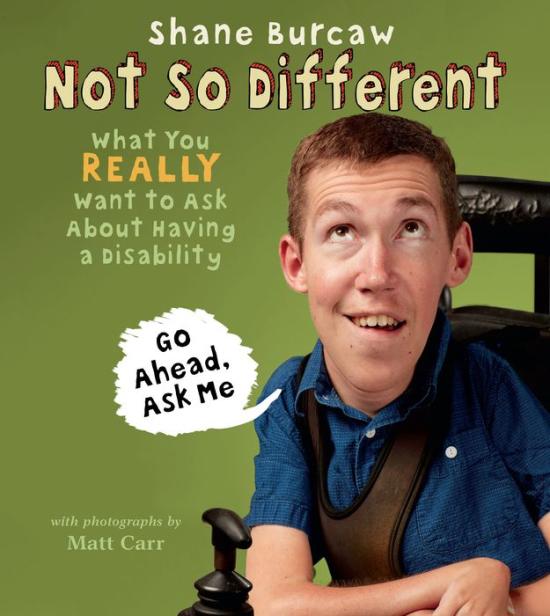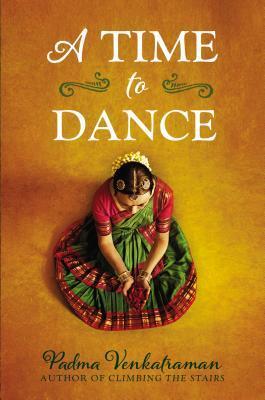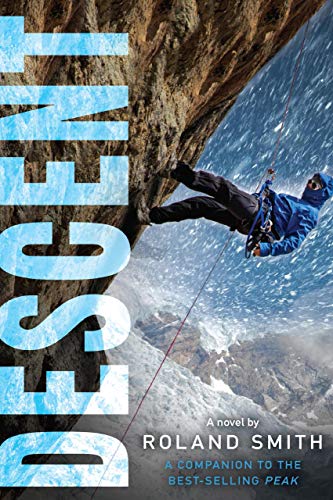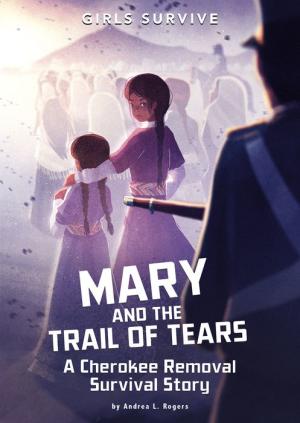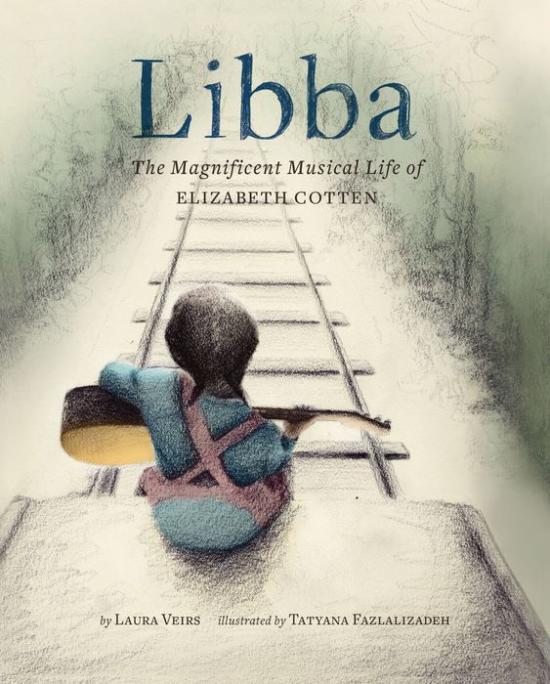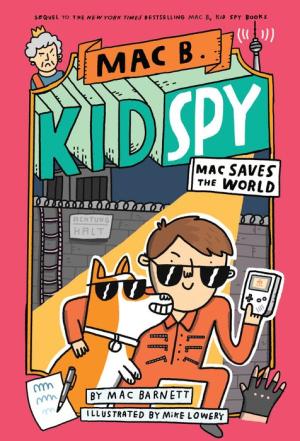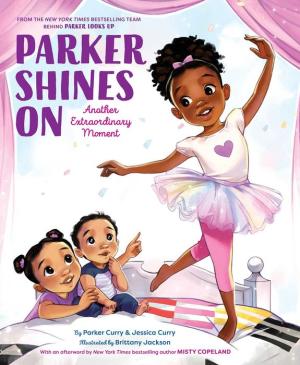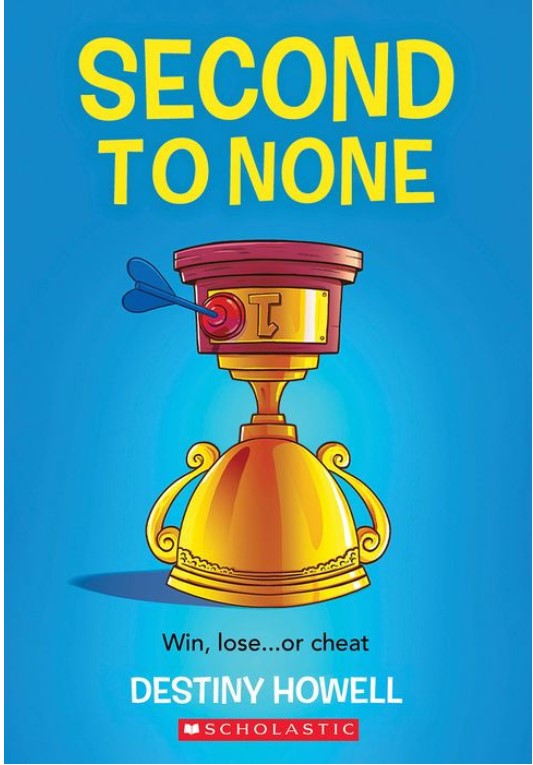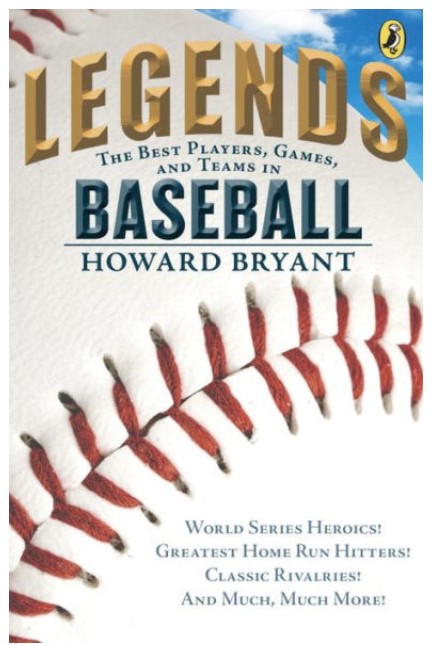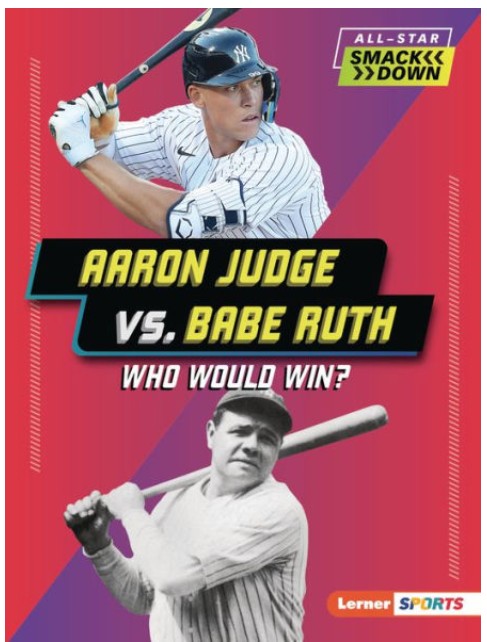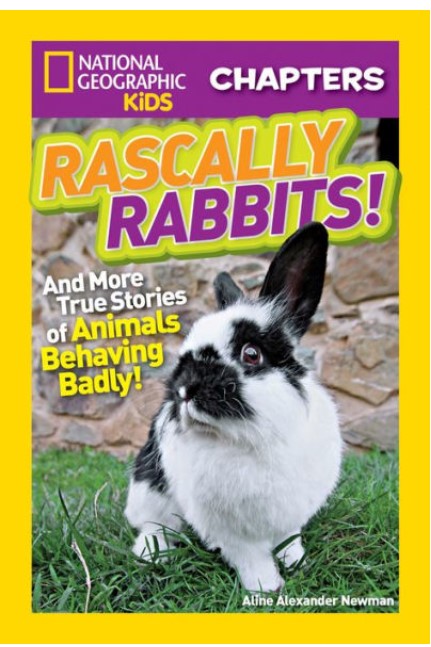After tracking down incredible discoveries by Einstein and Darwin, Charlie is back. This time, the great ruler Cleopatra has left behind an extremely valuable and powerful treasure, its location encoded on an ancient stone tablet.
In 30 BCE, Cleopatra and her husband, Marc Antony, lost their war against Octavian for control of the Egyptian Empire. However, Cleopatra knew Octavian was really after the mysterious item that was the source of all her wealth and influence, so she hid it before committing suicide. She left a series of devious clues behind for her children to find, but they were lost to history. . .until now.
In a breathless adventure that takes her across the globe, Charlie must fight for her life against ruthless enemies, match wits with Cleopatra, and solve the two-thousand-year-old mystery to prevent the most powerful treasure of the ancient world from falling into the wrong hands.
Because the story revolves around finding Cleopatra’s hidden treasure, the story contains many historical facts about Cleopatra, Caesar, and other important people. The history lessons are not boring; the interesting facts help the reader understand the political issues surrounding Cleopatra and will help readers empathize with Cleopatra, who was misjudged because she was a woman.
Charlie is an extremely likable character, who is intelligent, capable, and brave. In order to keep Cleopatra’s treasure out of the wrong hands, Charlie puts her trust in her half-brother and CIA agent, Dante, and his partner, Milana. Along the way, they must avoid both the CIA, the Israeli, and the Egyptian agents who are willing to kill to take control of Charlie. Despite being chased around the globe, Charlie is remarkably down to earth. At one point, when the Israelis capture her, she tells the agent, “If you were actually nice people, you wouldn’t have dragged me down into the bowels of the Colosseum to talk to me. You would have taken me out for gelato.”
Charlie Thorne and the Curse of Cleopatra is best suited for older readers because of the violence, power-hungry villains, and deadly agents who are trying to capture Charlie. The action-packed story has a complicated plot, intense fight scenes, and life-or-death chases. The constant danger makes for an exciting book that readers will not want to put down. The mystery of Cleopatra adds an interesting dimension that will engage readers. Readers who are looking for another fast-paced mystery should check out the City Spies Series by James Ponti and the Secrets of the Seven Series by Sarah L. Thomson.
Sexual Content
- None
Violence
- Charlie sneaks into Ahmet’s office. When he appears, “Charlie tricked him into turning his back on her. Now she clamped the chloroform-soaked rag. . . over his nose and mouth. . . He tried to fight back. . . Charlie simply leapt onto his back as if he were giving her a piggyback ride, wrapping her arms around his head and keeping the rag pinioned directly over his face.” Ahmet collapses to the floor.
- While leaving Ahmet’s party, two bodyguards chase after Charlie. Before she can take off on a motorcycle, Charlie “headbutted another man who was trying to catch her.” She escapes the house but is followed.
- Hoping to lose her pursuer, Charlie drives into the desert and allows her motorcycle to fly over a sand dune. Then, Charlie sees “the stocky, muscular shape of his body. He was aiming a gun at her.” The man forces Charlie to surrender. The chase scene is described over two chapters.
- The men who captured Charlie encounter a roadblock. “And then the shooting started. The snipers were aiming at the tires of the van, and they were extremely accurate. All four tires were blown out within seconds.” Charlie is let go.
- The Egyptian secret service questions Charlie’s captor, Semel. When Semel doesn’t answer the questions, “someone clubbed him on the back of the head with the butt of a rifle. Not hard enough to knock him unconscious but close. He saw stars, felt blinding pain, and fell forward in the dirt.”
- While interrogating Semel, someone shoots the agent, who “yelped in pain, spun, and fell.” Multiple agents are shot in the leg, and Semel and his men escape.
- In order to get Charlie to comply with orders, one of her friends is captured by a man named Lembris. “Lembris stood behind Eva, pressing a crowbar against the front of her neck. Eva was crying.” Eventually, Milana fights Lembris and frees Eva.
- The following scenes are described over eleven pages. Ramses has his men surround Charlie, Milana, and Dante. In order to escape, Charlie “reached behind [Ramses’s] back and yanked on the electrical cord that dangled like a vine from the scaffolding above. The power drill attached to it tumbled off the scaffolding and landed squarely on Ramses’s head. . . The heavy drill hit Ramses hard, and he dropped like a stone.”
- Then, Milana goes after Ramses’s bodyguard. “She quickly disarmed him, then jabbed him with the sedative she had. . . it was just enough to incapacitate the big man.”
- When Ramses begins to get up, Dante “drove the Egyptian’s head down into the marble floor, knocking him out for good.” One of Ramses’s men, Baako, throws a crowbar at Dante. “Pain shot through him, but he could tell no bones were broken.”
- Baako and Dante continue to fight. Baako slammed into Dante, driving him backward into the scaffolding so hard that all four stories of it trembled. . .” Eventually the scaffolding falls onto Baako and he “lay unconscious beneath it all.”
- After finding one of Cleopatra’s clues, Charlie, Dante, and Milana are ambushed by their own agency, the CIA. Without warning “bullets came from all around. . . Dante sprang from where he’d been crouched and fired back, aiming at where the shots were coming from. There was a cry of pain in the darkness, and then at least one of the shooters stopped.” In order to escape, the group flees separately.
- As Charlie runs from the bullets, two cars begin following her. “The second car struck the first again, sending it into a low embankment, where it flipped and landed upside down. The second car was badly damaged as well. Its front axle snapped and it ground to a halt in the plaza in front of Charlie, blocking her escape.”
- When the driver of the car attempts to “escape through a shattered window. He was only halfway out when Semel clubbed him on the back of the head with the butt of his gun, knocking him cold. . .”
- The chase scene is described over 10 pages. Dante had “a burn across one bicep where a bullet had nicked him. Milana had a gash from a knife in her left arm. . .”
- In an epic multi-chapter conclusion, several CIA agents try to take down Dante and Milana, who they believe are rogue agents. Milana “disarmed the stunned CIA operative and threw her to the ground” and then ran into Central Park. Eventually, Milana is able to incapacitate all of the agents.
- A rich villain, Ahmet, tries to kill Charlie with cobra venom. “Charlie hated to use the elixir to defend herself, but she had no other choice. The remaining drops of liquid flew through the air, caught Ahmet in the face, and instantly began to react. His flesh smoked and sizzled.” Ahmet’s skin begins to burn.
- Despite being injured, Ahmet chases Charlie. “He stepped on the jagged glass of the syringe with his bare foot. It cut into his flesh, and he suddenly realized that, in addition to everything else, the very cobra venom he had brought with him to kill Charlie Throne was now in his system as well.” When Ahmet continues to chase Charlie, she hits him with a helmet made of medieval armor. Ahmet is too injured to continue after Charlie.
- Two villains, Israeli agents, Egyptian agents, and the CIA agents all try to capture Charlie, Dante, and Milana. During the chase, several people are injured. One villain lunges at Charlie, trying to poison her with cobra venom. “Charlie hit him with the mace. . . the heavy iron ball struck his forearm, snapping both bones. . . He cursed at Charlie and charged toward her, leaving her no choice but to defend herself. She leapt aside and swung the mace at him once more. . . the iron ball glanced off his head, sending him reeling.” The villain falls off a ledge and “onto the rocks below.”
Drugs and Alcohol
- Instead of allowing Octavian to capture her, Cleopatra “drank her poison and imagined how horrified Octavian would be when he learned what she had done.”
- At a party full of adults, Charlie talks to a man who “had a glass of scotch in his hand and was slightly unsteady on his feet; this obviously wasn’t his first drink of the evening.”
- In order to find one of Cleopatra’s clues, Milana needs to get an archaeologist out of the way, so she drugs her.
- Milana uses sedation darts to incapacitate rival agents who are trying to kidnap Charlie.
- During dinner, Dante drinks wine.
Language
- None
Supernatural
- Cleopatra’s treasure is the philosopher’s stone which turns “base metals into gold.”
Spiritual Content
- Some people considered Cleopatra “more than human. They thought her to be a goddess, the living incarnation of Isis.”
- Isis was “the most important goddess in Egyptian mythology, the goddess of life and magic, and the protector of women and children. Cleopatra sometimes claimed to be Isis in the flesh and a lot of Egyptians believed it.”
- During Cleopatra’s time, the Nile flooded almost every year. People believed “a good flood year meant the gods were smiling on the Egyptians.”
